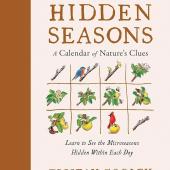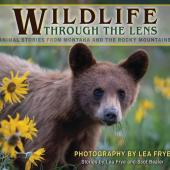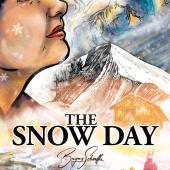Book: Song of the Dodo
Shoot the moon. That’s what Bozeman writer David Quammen attempts in his 700-page environmental epic, Song of the Dodo. It’s big, but in that space he manages to travel to the most remote spots on earth, chronicle wild scientific adventures, and explain the cause of worldwide ecosystem decay. It is complex material, but through Quammen’s gentle handling, the reader feels securely moored in an ocean of dense science. The major tenet of the book is that through development, we have made the planet into a series of biological islands. And as human activity continues to carve the wilderness into these ever-increasing islandlike fragments, we ensure more and more species' extinction. Since islands contain species that are largely isolated from crossbreeding and have the most manifest examples of evolution, they were key to discoveries by early scientists like Darwin.
For the book, Quammen spent ten years following island biogeographers researching around the globe. He begins with the role biogeography played in the construction of evolutionary theory. One of the best stories is of the hapless, inquisitive, Alfred Russell Wallace on his expeditions around the Malay Archipelago. Wallace, incredibly observant and detailed in his dangerous adventures, missed the insolent cabals of his colleague, Charles Darwin. Quammen shows us that though not credited with it, Wallace was instrumental in constructing the complex picture of where species come from. Perhaps most amazing is that among the jargon, the Latin, the scientific cataloging, and the lists, the reader is captivated. Song of the Dodo should be required reading for any student of the environment, and anyone living here in such a fragile ecosystem should be a student of the environment.
Part travel narrative, part natural history, and part biography, Song of the Dodo highlights the significance of islands in the geographical distribution of species around the planet. Quammen explores the "signature features" of island species and communities like geographical isolation. This in turn engenders others like allopatric speciation, a term the reader quickly becomes familiar with, meaning "when one species splits into two while the two sets of individuals are living in different places." This means that isolated spe-cies on islands evolve in a different direction until eventually they become a separate species, and thus rare, making their survival perilous. Turning to extinction events, Quammen gives many examples, including some of the more famous: the dodo, the passenger pigeon, the Japanese wolf. "I suspect you can see where we’re headed," Quammen writes. "We’re headed toward understanding the whole planet as a world of islands, and evolution itself as a consequence of insularity."
Like any good scientist (though by trade, he’s a writer) Quammen searches for broader applications, using the lessons of island biogeography to explain other issues. In conservation management, he looks at nature reserve experiments in the Amazonian rainforest as well as the ecosystem decay in our own national parks. Never one to doddle too long, Quammen moves the reader to other conservation issues like the saving of the Mauritius kestrel, the preservation of muriqui monkeys in Brazil, and the effects of dam building on the Concho water snake. Song of the Dodo ends where it began, with Quammen in the Aru Islands following Wallace's remarkable insights and discoveries. With Quammen as pilot, we navigate the slippery nature and history of evolution and extinction finally landing, awestruck, at the incredible diversity of our planet. Above all, Song of the Dodo educates the reader. Rarely didactic, it gives readers the tools to make their own conclusions. Through short chapters, quirky, colorful characters, and often hilarious anecdotes, Quammen keeps our attention. Through scientific history, lessons in ecology and geography, and varied proofs, he makes us better citizens and stewards of the planet.










